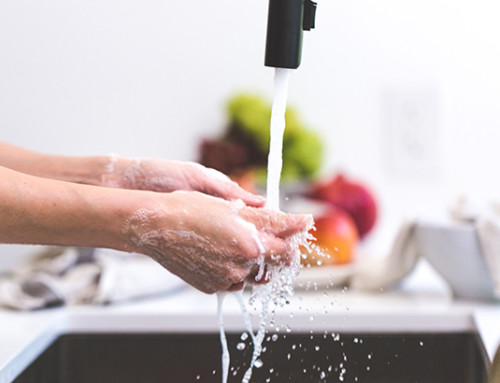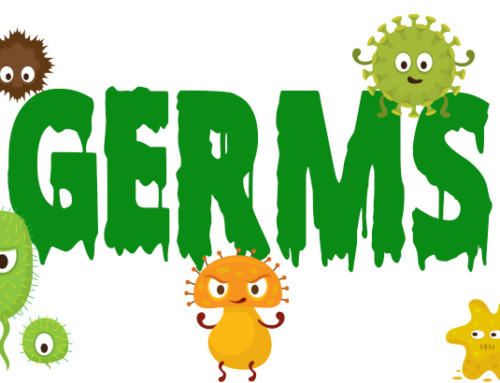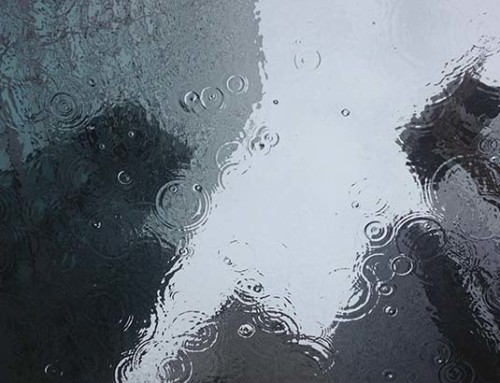In the past, we’ve posted about our own human microbiome, and the benefits of the microbial community we exist in. They’re not all bad. We’ve talked about owning pets, and how the exposure to their microbial community can be beneficial to us. So, we got to thinking… what about all those green thumbs out there?
A Plant’s Microbiome
Plants, like humans, have their own distinct microbiome, and although we spend the much of our time indoors at home, at work, at the grocery store, etc., scientist’s data on the microbial diversity inside these dwellings is limited. However, it stands to reason that microbiologically speaking, we would benefit from indoor plants and the microbes they house.
Here is an excerpt in an article from the National Center for Biotechnology touching on this very concept:
“Indoor microbiomes originate primarily from human skin, pets, or the outside air (Flores et al., 2011; Kembel et al., 2012; Meadow et al., 2013). Plants as a source of indoor microbes are so far less considered….In addition, little is known about the impact of houseplants and its microbes, although older studies indicate indoor plants as [an] important source (Burge et al., 1982).
Comparing indoor with plant microbiomes, it is our opinion that both outside and inside plants are of importance for our indoor microbiome. Plants provide beneficial bacteria for indoor rooms and therefore can positively influence human health.”
Certain microorganisms can be beneficial to our health, and we often get exposure to these microbes in the great outdoors. So, as it turns out, those house plants aren’t just for looks. They’re good for your health.
When In Doubt, Experiment
Where there is a question posed, there is an opportunity for experimental design. This could be a great science fair project. Design an experiment using our dipslides to test the effect of house plants on human health or observe the microbial diversity in an indoor environment.
Try finding multiple locations and levels of microbial diversity to test. For example, try testing an office with no plants and no pets. Try testing a building with lots of indoor plants. Try testing a home with both indoor plants and pets. Use the dipslides to test a few surfaces in each location. Do you find that the amount and type of growth on the dipslides varies by location? Can you correlate any of this to the health of the people living there? How many times have they had a cold virus or the flu or a bacterial infection this year?
There are different ways to go about designing an experiment. Try your hand at coming up with a method to prove that house plants are beneficial to our human microbiome and our health.







Leave A Comment